UPDATE: Our volunteer training day was a success! Big thanks to the volunteers who joined us in learning how to identify and remove stiltgrass from the trails. We collected 16 bags — that’s 62.41 pounds!
Our second self-led volunteer opportunity — removing stiltgrass (Microstegium vimineum) from the mountain — is underway! This invasive plant can be tricky to identify as it resembles several native grasses, whitegrass (Leesia virginica), and nimblewill (Muhlenbergia schreberi) — don't pull these!
Check out this video from Conservation Director, Jamie Nobles, explaining how to id stiltgrass on the trails. Please join us Saturday, July 16th from 8 - noon for a volunteer training day. Click here for more info and to sign our waiver.

















